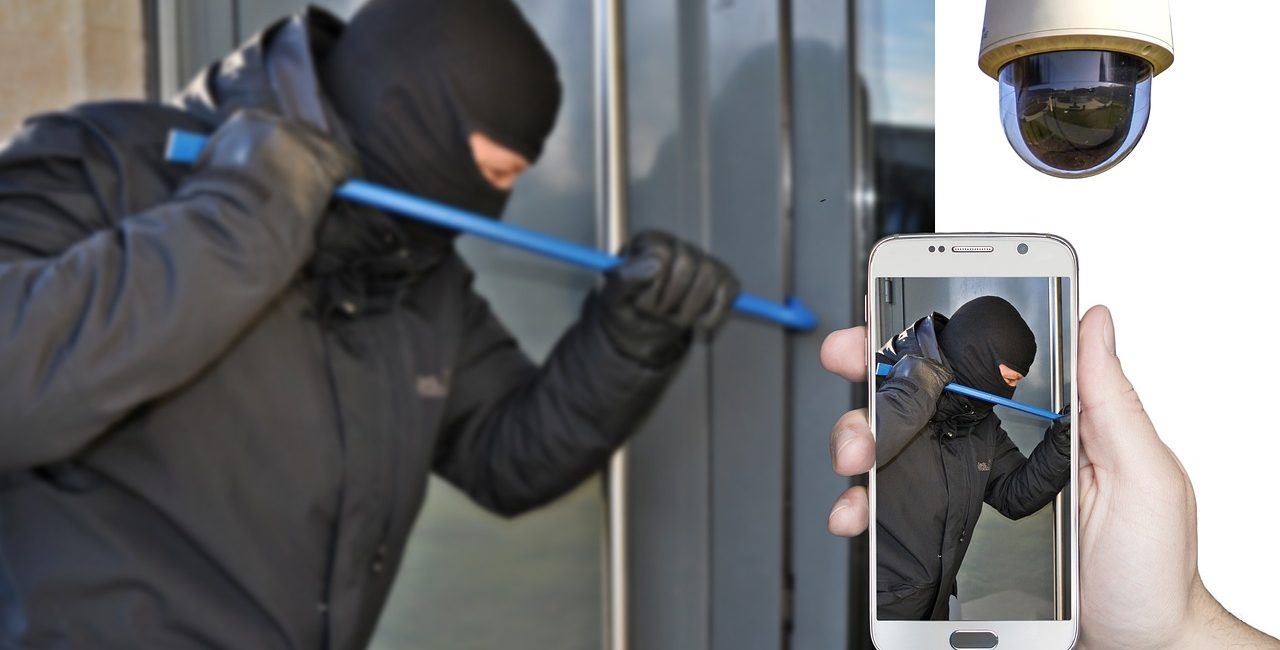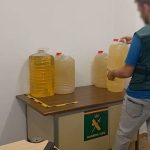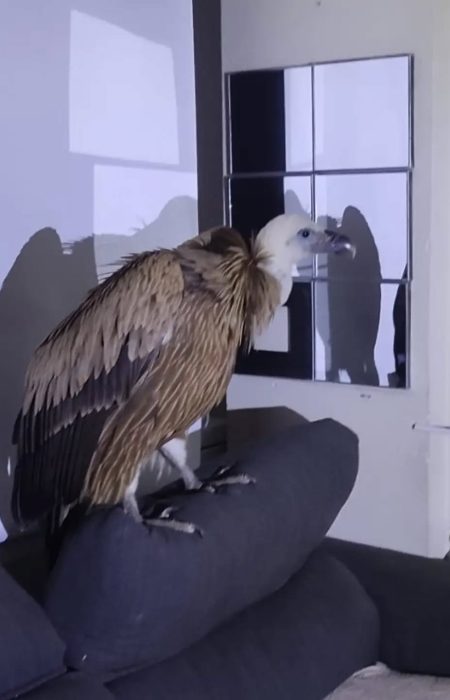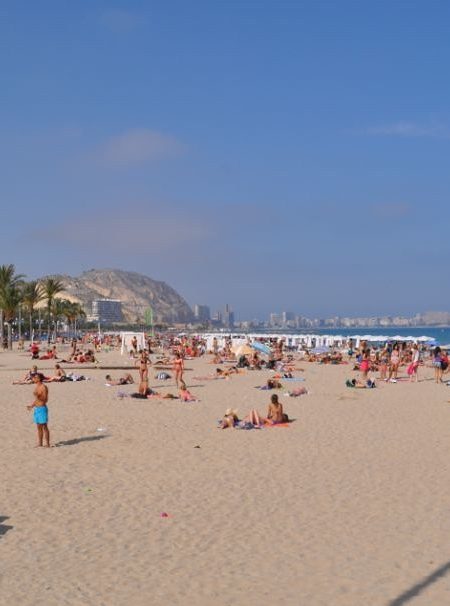The latest report published by the Securitas Direct Observatory, which analyses actual alarm triggers and intrusions responded to by its Alarm Receiving Centre (ARC), indicates that burglars prefer Friday nights between 8:00 and 9:00 PM to break into residences.
In general, the research suggests that residential break-ins occur on a daily basis during the late hours of the day (8:00 p.m. to 11:00 p.m.), with a higher incidence on weekends and holidays. The most burglaries or attempted burglaries occur on Fridays.
This time pattern is the result of burglars exploiting the fact that street visibility is reduced and occupants are more likely to be asleep or out of the home, which is why they strike. Also, burglaries are 16% more likely to occur on holidays than on weekdays, as there is a higher probability of empty residences.
It is important to mention that Mondays are one of the days with the lowest incidence of recorded intrusions, as per the Securitas Direct Observatory “Security in Homes and Businesses.”
Chalets, villas, and townhouses exhibit a greater degree of intrusion than other types of residences. In particular, the risk of burglary or attempted burglary is twice as high in these types of homes as in flats or apartments due to the presence of additional weak points, including windows, patios, garage doors, and rear doors. Nevertheless, there has been a rise in the number of attempted intrusions in apartments.
The Securitas Direct study has identified a substantial change in the concentration of intrusions on specific types of roads. These intrusions have transitioned from being prevalent in urban areas to more isolated locations, including industrial estates, highways, and farms.
The increased implementation of security measures in urban environments (squares, avenues, alleys, etc.) is the reason for this increase, as it reduces the vulnerability of these spaces. Additionally, the conditions of more isolated streets are frequently conducive to intrusion, including more accessible exit routes for intruders, a lack of surveillance, and a reduced number of neighbours or passersby.
They are most active at dawn and in nightclubs
The time pattern of the criminals is subject to significant variation in the context of businesses. Every day of the week, the number of break-ins is concentrated in the early morning hours, specifically between 1:00 and 4:00 a.m., with a higher incidence on Wednesdays between 2:00 and 3:00 a.m. Consequently, criminals favour certain periods of the day when the streets are dark and traffic is low, as well as when businesses are closed and unstaffed.
The Observatory observes that businesses are nearly four times more likely to be the victims of burglaries or attempted burglaries than residences, with bars and restaurants being the primary targets. In particular, the likelihood of a break-in at taverns, pubs, and restaurants is nearly double that of offices or warehouses.
Individuals and technology
The Observatory also indicates a heightened awareness of security and protection, as 85.3% of Spaniards (+1.5 percentage points) now acknowledge that they employ a security system to safeguard their homes and enterprises on a year-round basis. The use of digitalisation and new technologies is growing in this area.
As a result, the number of alarms connected to an Alarm Receiving Centre (ARC) has increased by 2.4 percentage points in comparison to previous years, and 22.7% of homes and businesses now report this as a security measure. In the interim, the utilisation of security doors, anti-bump locks, and bars is decreasing, while the utilisation of smart locks, video cameras, and video intercoms is on the rise.
Nevertheless, individuals continue to prioritise a combination of technology and a team of professionals to safeguard what is most important to them, thereby increasing their dependence on others. Consequently, 54% of respondents are only inclined to trust artificial intelligence when it is overseen by humans, while only 12% would entrust machines to safeguard their residences.









No Comment! Be the first one.